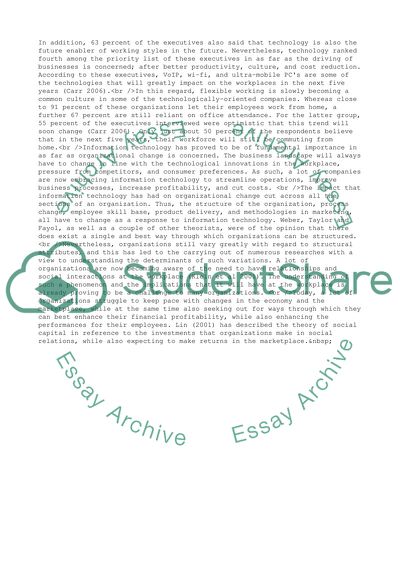Cite this document
(How the Workplace Has Changed Over the Last Years Coursework, n.d.)
How the Workplace Has Changed Over the Last Years Coursework. https://studentshare.org/management/1521607-workplace-change-over-the-last-1015-years
How the Workplace Has Changed Over the Last Years Coursework. https://studentshare.org/management/1521607-workplace-change-over-the-last-1015-years
(How the Workplace Has Changed Over the Last Years Coursework)
How the Workplace Has Changed Over the Last Years Coursework. https://studentshare.org/management/1521607-workplace-change-over-the-last-1015-years.
How the Workplace Has Changed Over the Last Years Coursework. https://studentshare.org/management/1521607-workplace-change-over-the-last-1015-years.
“How the Workplace Has Changed Over the Last Years Coursework”. https://studentshare.org/management/1521607-workplace-change-over-the-last-1015-years.


